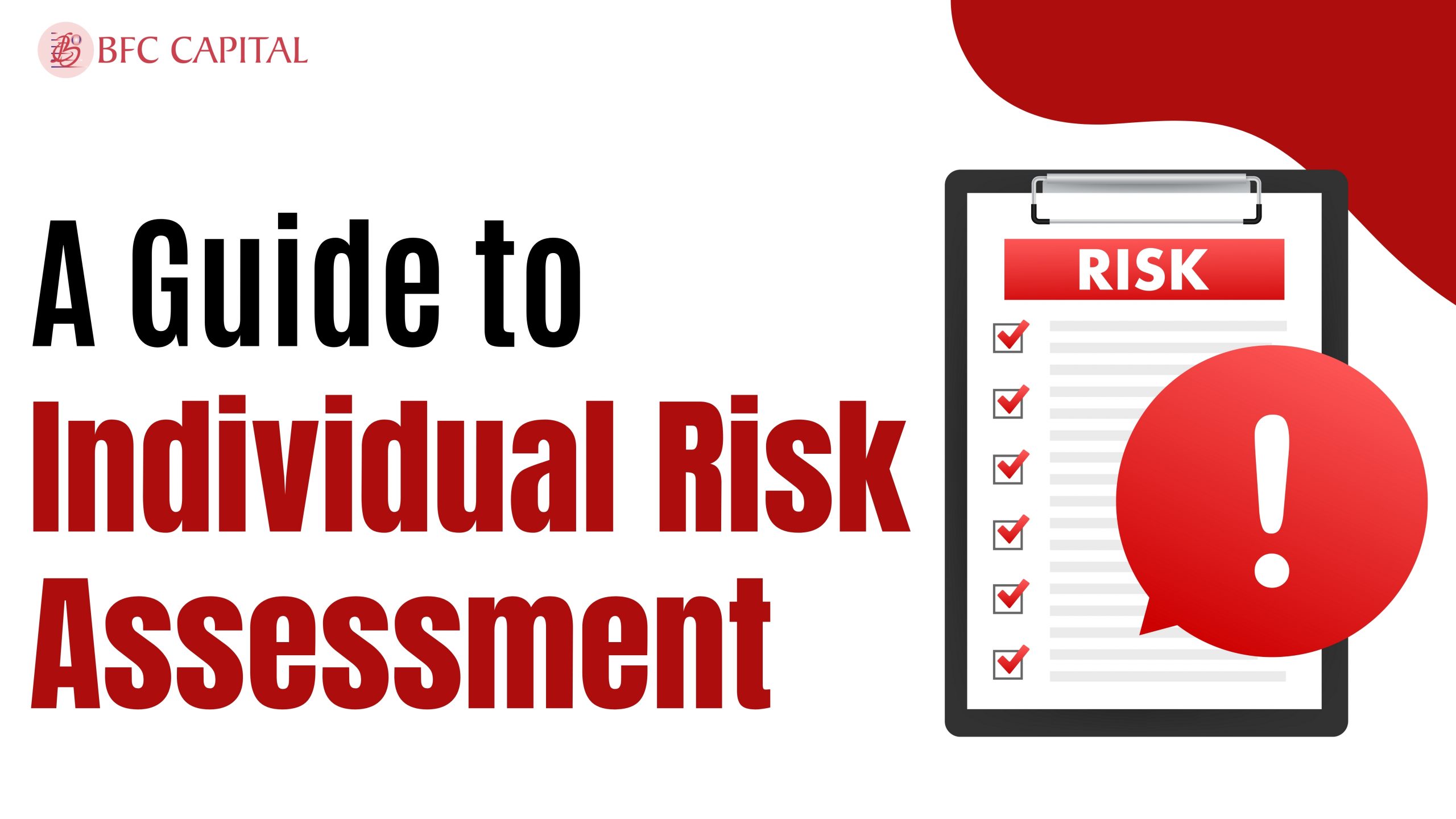
You all must be aware of the fact that the nature of the stock market is dynamic and thousands of shares are traded every minute. Before going deeper let me give you an analogy; just think you are driving on a highway. The most important survival during that trip would be a perfectly jammed playlist with your favorite tunes. During the road trip, you are vibing to the perfectly jammed music of different genres. Still, as time passes by, your favorite high-energy songs dominate the playlist, throwing off the relaxing vibe you originally intended.
Like your road trip playlist, your investment portfolio can get out of whack over time. Market movements can cause certain assets to outperform others, disrupting your initial balance. Rebalancing of the portfolio helps an investor to keep the portfolio in line with his or her financial objectives. Check out the full article to get as much information as you can concerning the concept of shifting the balance of your investment plan.
What Is Rebalancing In Your Investment Portfolio?
When you keep a check on your investment proportion and make adjustments accordingly to ensure minimum deviation from your original risk and reward requirements, it is referred to as Rebalancing. Let us understand the concept with the help of an example:
Priya is a young professional who has just started investing. She decided to build a balanced portfolio with a split of 60/40, 60% in stocks, offering potentially higher growth but also higher risk, and 40% in bonds providing more stability but potentially lower returns. In total, she invested Rs. 5 lakhs where 3 lakhs was invested into an equity mutual fund and 2 lakh into a bond fund.
Let’s look forward to a year, Priya is checking her investment portfolio and she seems pretty excited as the stock market has been doing well. Her equity fund has grown by 25%, she reached a value of Rs.3.75 lakhs! But then she noticed that her bond fund had only grown to Rs.2.1 lakhs.
Introducing The Concept!
Now here is a catch for Priya, While her overall portfolio value has increased, the balance is off. Stocks now represent 64.1% (Rs.3.75 lakhs out of Rs.5.85 lakhs) of her portfolio, compared to her original target of 60%. This means she is taking on more risks than she initially planned for. In such situations, we need to rebalance our portfolio. It is like reorganizing your space to keep things in the right proportion.
In the above situation, rebalancing would involve selling a small portion of Priya’s stocks which are high in value now, and using that money to buy more bonds. This would bring her bond allocation closer to Rs.2.85 lakhs and get Priya’s portfolio back to the 60/40 split she aimed for. By rebalancing, she would be managing her risk and keeping her investment strategy on track for her long-term financial goals.
Why You Need To Rebalance Your Portfolio?
Investors practice rebalancing to avoid sudden and unwanted losses as it reduces panic trading. Let us understand the significance of rebalancing with the given key pointers:
-
Maintaining The Desired Balance
Maintaining the desired asset allocation according to your risk appetite and investment objective is very essential, this is where Portfolio rebalancing works. The rebalancing helps you to avoid possible deviation in your portfolio due to any market changes. This allows you to stay on track.
-
Enables New Investment Strategies
By rebalancing, you can make changes to your investment strategy smoothly. We understand that your risk tolerance and financial objectives change when you grow older, so you may need to review your allocations in the portfolio.
-
Profit Buys And Sells
Portfolio rebalancing refers to the act of redeploying your cash in various investments to ensure that you have the correct proportion that you desire based on the amount of risk you are willing to take. It helps you make money by selling securities that are worth more and buying things that are worth less. By doing this, you can make sure you keep your profits and reduce the amount of risk you have. At the same time, you can also make chances for your investments to grow in the future when the undervalued assets go up in value.
When Should You Consider Rebalancing Your Portfolio?
When we talk about effective rebalancing, it requires a combination of both subjective intuition and quantitative analysis, and for this investors might use a diverse range of strategies. Here are some situations where it’s smart to rebalance your stock to keep it in control.
-
Market Movements
Market Volatility happens a lot when stock prices fluctuate and you have more than you planned, in that case, you should consider adjusting your investments. On the other hand, if the market goes down and you have too much money in bonds, rebalancing can help make your investments less risky.
-
Life Events
Some major life events can cause a change in an individual’s future goals. Suppose that a person is getting married, so his or her future needs and goals might change as compared to the present situation. And for this, portfolio rebalancing is very important. If you’re getting close to retiring, you might want to change your investment mix to be safer by having more bonds.
-
Time-Based Rebalancing
As a systematic approach without considering market fluctuations, some investors prefer rebalancing their portfolio every 6 months or yearly. It keeps your long-term goals unaffected by minor market swings.
Final Curtains!
As they say, it is okay to rebalance portfolios even if it is not a continuously frequent chore. Therefore, by looking into these factors and even seeking an expert’s advice if you deem it necessary, investors can be well-prepared on when to rebalance and ensure their portfolio is on the right track to success.
Please share your thoughts on this post by leaving a reply in the comments section. To learn more about mutual funds, contact us via Phone, WhatsApp, Email, or visit our Website. Alternatively, you can download the Prodigy Pro app to start investing today!
Disclaimer – This article is for educational purposes only and by no means intends to substitute expert guidance. Mutual fund investments are subject to market risks. Please read the offer document carefully before investing.

Assistant Vice President – Research & Analysis
Akash Gupta heads the Research & Analysis department at BFC CAPITAL, where he combines in-depth market insights with strategic analysis. He holds multiple certifications, including:
- NISM-Series-XIII: Common Derivatives Certification
- NISM-Series-VIII: Equity Derivatives Certification
- NISM-Series-XXI-A: Portfolio Management Services Certification
- IRDAI Certification
With his expertise in equity, derivatives, and portfolio management, Akash plays a key role in providing research-backed strategies and actionable insights to help clients navigate the investment landscape.








Name: How to build a healthy portfolio? - BFC Capital- Blogs : All Financial Solutions for Growing Your Wealth
says:[…] is possible to have an adjustment in the weighting of your investment over the years. Rebalancing is the process of making changes in the portfolio every now and then in order to achieve […]
Name: What is a Folio Number? Definition and Uses? - BFC Capital- Blogs : All Financial Solutions for Growing Your Wealth
says:[…] balancing your portfolio, portfolio numbers can be of great help! The cleaner segregation of your funds under each folio […]